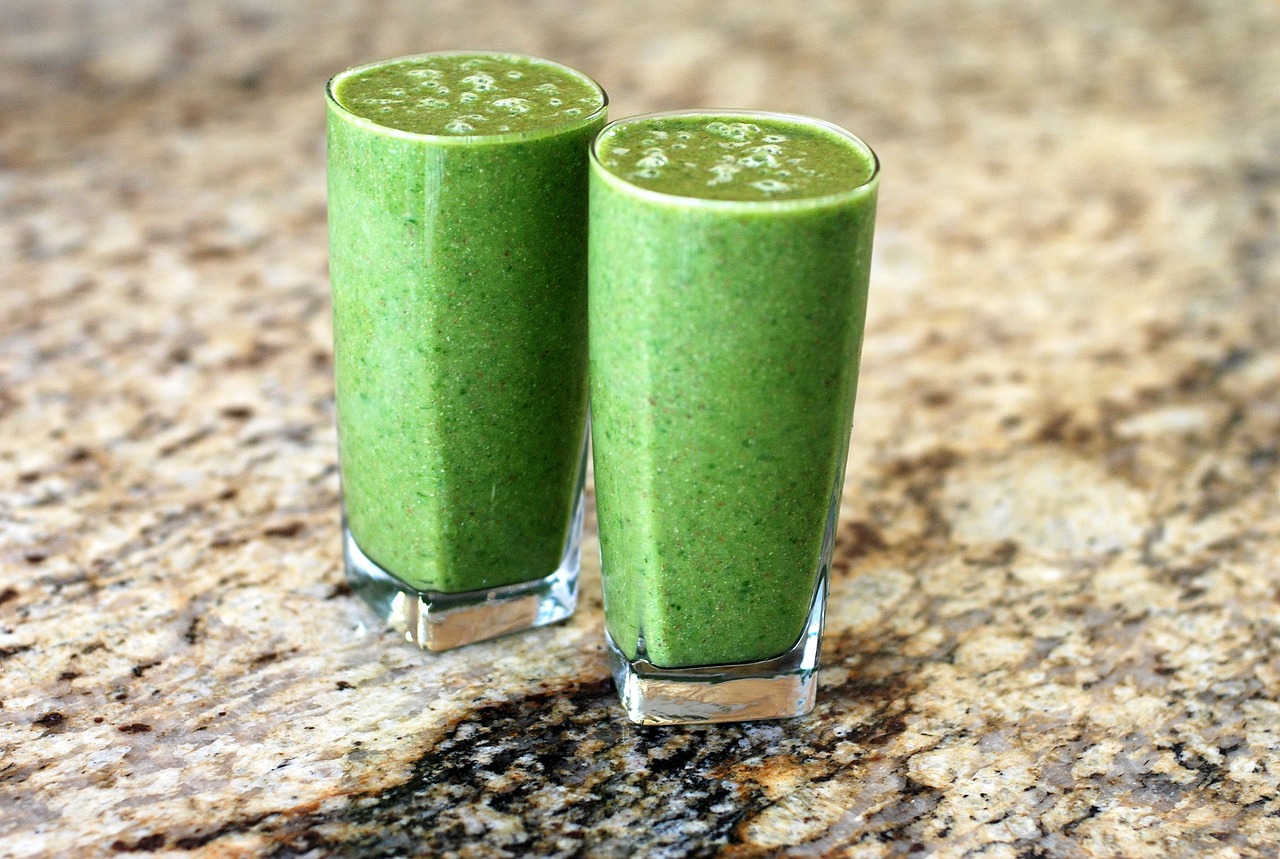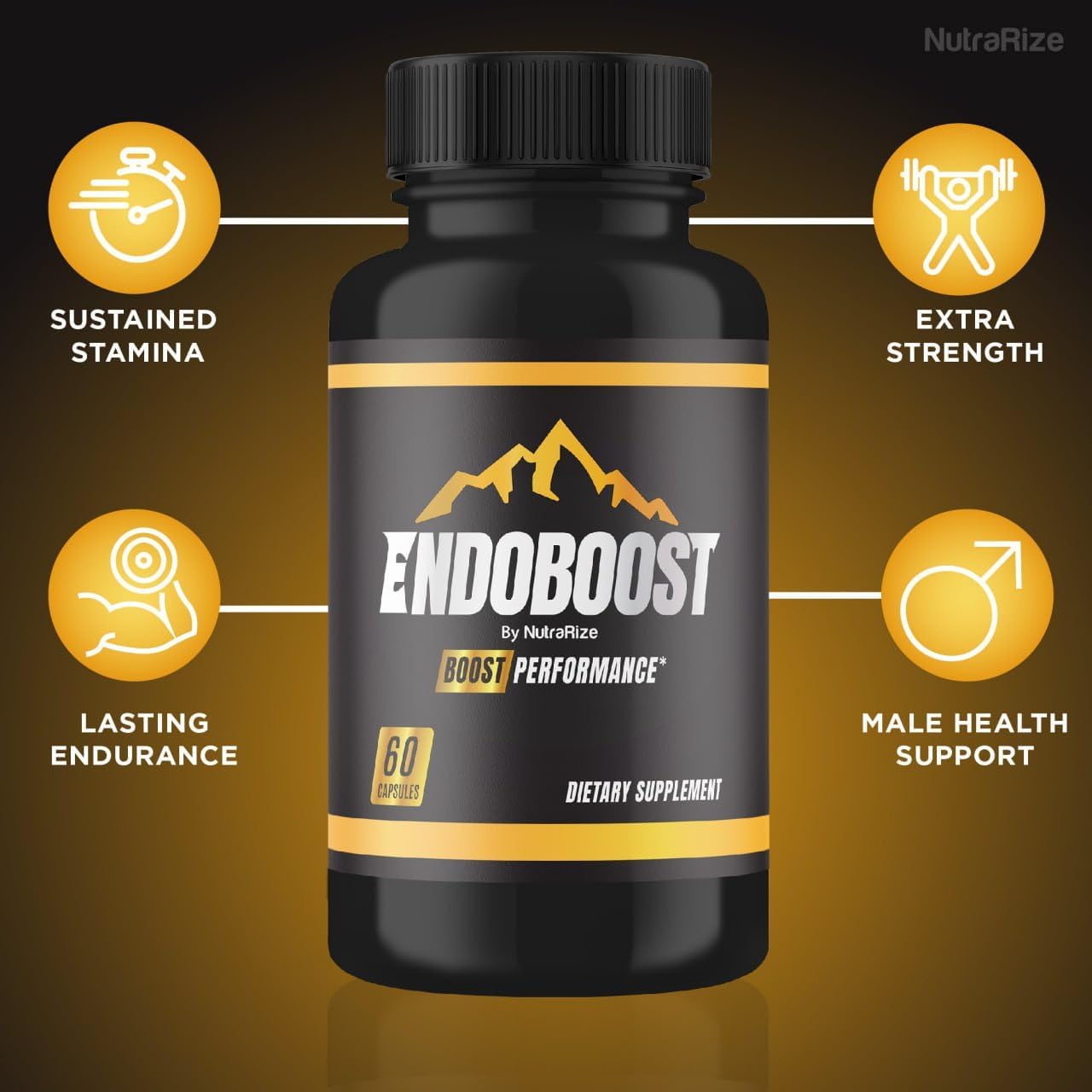Have you ever wondered whether eating fruit or blending it is a healthier option? In this article, we’ll explore the nutritional benefits of both methods and uncover the truth behind which one reigns supreme. So, grab your favorite fruit and get ready to uncover the delicious details in this juicy debate!

Nutrient Content
Eating Whole Fruit
When it comes to nutrient content, eating whole fruit is a great choice. Whole fruits retain their natural package of vitamins, minerals, and antioxidants, which can vary depending on the type of fruit. By consuming the fruit in its entirety, you benefit from all the nutrients it has to offer. Additionally, the skin of many fruits is rich in fiber and contains essential nutrients, making it important to eat the fruit as a whole to reap these benefits.
Blending Fruit
Blending fruit can also provide a significant amount of nutrients, especially if you include the skin or peels. However, the blending process may result in some loss of nutrients due to oxidation and exposure to air. It’s important to consume the blended fruit immediately after preparation to minimize nutrient loss. Although blending retains most of the vitamins and minerals, it may not necessarily preserve all the antioxidants present in whole fruit.
Fiber Content
Eating Whole Fruit
When it comes to fiber content, eating whole fruit is the way to go. Whole fruits contain both soluble and insoluble fiber, which can aid in digestion, promote bowel regularity, and contribute to a feeling of fullness. The skin and peels of many fruits are particularly rich in fiber, and consuming them along with the flesh of the fruit ensures you receive the full fiber content.
Blending Fruit
Blending fruit can still provide some fiber, depending on whether or not you include the skin or peels. However, the blending process can break down the fiber structure, making it easier for your body to digest and potentially reducing its effectiveness in promoting satiety and regulating blood sugar levels. Including some fibrous ingredients like nuts or seeds in your blended fruit can help increase the fiber content.
Sugar Content
Eating Whole Fruit
When it comes to sugar content, whole fruits are a natural option that provide essential nutrients along with their naturally occurring sugars. While fruits do contain sugars such as fructose, these sugars are accompanied by fiber, which helps slow down the absorption of sugar into the bloodstream. The fiber content also contributes to a feeling of fullness, making it less likely for you to overconsume these natural sugars.
Blending Fruit
Blending fruit can concentrate the sugar content, as the process breaks down the fruit and releases its natural sugars. Without the fiber present in whole fruit, the sugars in blended fruit are more rapidly absorbed into the bloodstream. This can cause a quicker spike in blood sugar levels and may not promote the same level of satiety as consuming whole fruits.
Glycemic Index
Eating Whole Fruit
The glycemic index (GI) measures how quickly carbohydrates raise blood sugar levels. When it comes to glycemic index, whole fruits typically have a lower GI, which means they cause a slower and more gradual increase in blood sugar levels. This is due to the presence of fiber, which slows down the absorption of sugars.
Blending Fruit
The glycemic index of blended fruit can vary, depending on the type of fruit and whether or not it is combined with other ingredients. Blending can break down the fiber and make sugars more accessible to the body, potentially leading to a quicker rise in blood sugar levels. However, the overall impact on blood sugar may still be lower compared to consuming highly processed foods or beverages with added sugars.

Digestion
Eating Whole Fruit
Eating whole fruit requires chewing, which initiates the process of digestion. The fiber content in whole fruits aids digestion by adding bulk to the diet, promoting regular bowel movements, and supporting gut health. The chewing action also stimulates the release of digestive enzymes, further aiding in the breakdown of the fruit and absorption of nutrients.
Blending Fruit
Blending fruit can make digestion easier as it breaks down the fruit into a more liquid form. This can be beneficial for individuals with digestive issues or those who have difficulty consuming whole fruit. However, the blending process may also result in quicker digestion and nutrient absorption, potentially leading to a faster release of sugars into the bloodstream.
Satiety
Eating Whole Fruit
Eating whole fruit can contribute to a feeling of satiety, thanks to its fiber content. The fiber in whole fruits adds bulk to your diet, which can make you feel fuller for longer and reduce the likelihood of overeating. Additionally, the act of chewing and the visual aspect of consuming whole fruits can enhance the sensory experience and contribute to a greater feeling of satisfaction.
Blending Fruit
Blending fruit may not provide the same level of satiety as eating whole fruit. The blending process breaks down the fiber, making it easier for your body to digest and potentially reducing the feeling of fullness. Additionally, the quicker absorption of sugars from blended fruit may not send the same satiety signals to your brain as eating whole fruit, which could lead to consuming more calories overall.

Caloric Intake
Eating Whole Fruit
Eating whole fruit can be beneficial for managing caloric intake, as fruits are generally low in calories. The high water and fiber content of fruits contribute to their low energy density, meaning they provide fewer calories per gram compared to calorie-dense foods. This makes whole fruits a great option for individuals looking to maintain or lose weight while still enjoying a satisfying snack or dessert.
Blending Fruit
Blending fruit can potentially increase the caloric intake, depending on the ingredients added. While the fruit itself is still relatively low in calories, additional ingredients like yogurt, nut butters, or sweeteners can significantly increase the caloric content of a blended fruit drink or smoothie. It’s important to be mindful of what ingredients you are adding and the overall calorie content of your blended creation.
Antioxidant Activity
Eating Whole Fruit
Whole fruits contain antioxidants that play a vital role in protecting your body against oxidative stress and reducing the risk of chronic diseases. Antioxidants are naturally occurring compounds that help neutralize harmful free radicals in the body. The antioxidant activity in whole fruits is retained since the fruit remains intact and unprocessed.
Blending Fruit
Blending fruit can still provide an antioxidant boost, especially if consumed immediately after preparation. However, due to the blending process and exposure to air, some degradation of antioxidants may occur. It’s important to consume blended fruit as soon as possible to ensure you receive the maximum antioxidant benefits.
Convenience
Eating Whole Fruit
Eating whole fruit offers the convenience of a grab-and-go snack. With no need for any preparation or tools, you can simply pick up a piece of fruit and enjoy it anywhere, anytime. Whole fruits are portable, easy to pack in lunches, and require minimal cleanup. They are a convenient option for those with a busy lifestyle or for quick, nutritious snacking.
Blending Fruit
While blending fruit does require a little more time and effort, it can still be a convenient way to consume fruit. The preparation process involves washing and cutting the fruit, then adding it to a blender. Blended fruit can be stored in a travel cup or bottle for on-the-go consumption. Although blending does require some cleanup, the convenience of having a ready-to-drink fruit smoothie can be worth it for those who prefer a quick, nutrient-packed meal or snack.
Taste and Texture
Eating Whole Fruit
Eating whole fruit offers a delightful sensory experience. Each fruit has its unique taste and texture, which can vary from juicy and sweet to tangy and crisp. The act of biting into a fresh, crisp apple or enjoying the natural sweetness of a juicy watermelon slice can be a satisfying and enjoyable process. Eating whole fruit allows you to fully experience the flavors and textures nature has to offer.
Blending Fruit
Blending fruit can create a smooth and creamy texture, resulting in a different taste experience compared to eating whole fruit. By combining different fruits, you can create a wide variety of flavor combinations and experiment with different textures. Blending also allows you to mix in other ingredients like yogurt, milk, or spices, enhancing the overall taste and making it possible to create customized flavor profiles.
In conclusion, both eating whole fruit and blending fruit offer their unique benefits. Eating whole fruit ensures you receive the full nutrient content, fiber, and antioxidant activity, while also promoting satiety and digestive health. On the other hand, blending fruit can be a convenient way to consume fruits and offer various taste and texture profiles. Ultimately, incorporating both whole fruit and blended fruit into your diet can provide a well-rounded and enjoyable approach to consuming these nutritious and delicious natural treats. It’s important to listen to your body, personal preferences, and dietary needs to make the best choice for you.














Leave a Reply